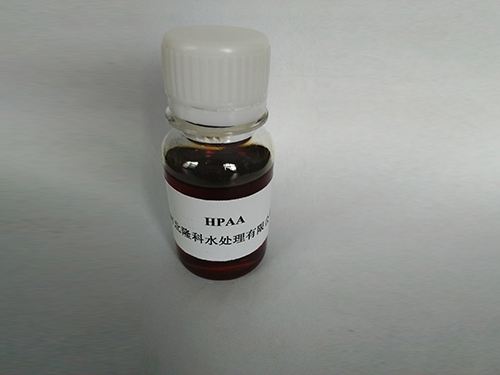Understanding Poly Aluminum Chloride Applications and Benefits in Water Treatment and Industry
What is Poly Aluminum Chloride?
Poly Aluminum Chloride (PAC) is an inorganic polymer, primarily used as a coagulant in water treatment processes. It is a versatile chemical compound that has gained significant attention in various industries for its effectiveness and efficiency in clarifying water. This article delves into the properties, applications, and importance of PAC in environmental management and other sectors.
Chemical Composition and Properties
Poly Aluminum Chloride is a type of aluminum-based coagulant that consists of aluminum hydroxide and chloride ions. Its composition can vary, leading to different forms of PAC, usually identified by their basicity levels, which range from 10% to 83%. The higher the basicity, the more effective the PAC is in certain applications.
PAC appears as a white or yellowish powder or solution, and it is soluble in water. This water solubility is crucial for its effectiveness in various applications, particularly in water treatment. The polymeric structure of PAC allows it to stabilize in solution and interact effectively with contaminants, leading to more efficient coagulation and flocculation processes.
Applications in Water Treatment
One of the primary uses of Poly Aluminum Chloride is in drinking water and wastewater treatment. It serves as a coagulant that helps in removing suspended solids and colloidal particles from the water. When added to water, PAC hydrolyzes and forms a precipitate that captures impurities, which can then be removed through sedimentation or filtration. This function is vital in ensuring that water meets the required safety and quality standards for consumption and environmental discharge.
PAC is favored in water treatment facilities due to its effectiveness at a wide range of pH levels and temperatures. Its efficiency allows for quicker sedimentation, resulting in reduced processing time and lower operational costs for water treatment plants. Moreover, PAC produces less sludge compared to traditional coagulants like aluminum sulfate (alum), which makes it a more sustainable option.
In addition to its role in water treatment, PAC is also used in the paper industry, pigment production, and as a fertilizer additive. Its coagulating properties aid in the clarification of pulp and wastewater from paper manufacturing, and it helps enhance the quality of pigments in paints and coatings.
what is poly aluminum chloride

Benefits of Using PAC
Poly Aluminum Chloride offers several benefits that contribute to its widespread use. Firstly, it is highly effective at removing turbidity and color from water, which is essential for producing clean and safe drinking water. Secondly, PAC is also more economical compared to other coagulants, as it typically requires lower dosages to achieve the same or better efficiency.
Moreover, PAC has a lower environmental impact, producing less sludge after treatment, which simplifies waste management. The use of PAC can reduce the need for additional chemicals in water treatment processes, further enhancing its eco-friendliness.
Importance in Environmental Management
The role of Poly Aluminum Chloride in environmental management cannot be overstated. As water scarcity and quality issues continue to challenge communities worldwide, effective water treatment solutions are more critical than ever. PAC addresses these challenges by providing a reliable method for improving water quality, thereby safeguarding public health and supporting environmental protection.
Furthermore, with regulations tightening around wastewater discharge and water supply safety, industries must adopt efficient practices to comply with legal standards. PAC provides a solution that not only meets regulatory requirements but also fosters sustainable practices by minimizing chemical use and waste generation.
Conclusion
In conclusion, Poly Aluminum Chloride is an essential chemical compound in the field of water treatment and beyond. Its effective coagulation properties, environmental benefits, and economic advantages make it a preferred choice for many industries dealing with water quality management. As the global focus on sustainable practices intensifies, the significance of PAC in enhancing water treatment processes and minimizing environmental impact will continue to grow, ensuring cleaner water for all. Whether in municipal water supplies or industrial applications, Poly Aluminum Chloride stands out as a key player in addressing the ongoing challenges of water purification and management.
-
Pbtc Scale InhibitorPBTC: A Scale Protector for Industrial Water TreatmentNewsAug.05,2025
-
Organic Phosphonate: An Efficient Defender in the Field of Scale InhibitionNewsAug.05,2025
-
Hydrolyzed Polymaleic Anhydride: Green Pioneer in Scale Inhibition FieldNewsAug.05,2025
-
PAPEMP Polyamino Polyether Methylene Phosphonic Acid For SaleNewsAug.05,2025
-
Flocculant Water Treatment: A Pioneer in Purification in the Field of Water TreatmentNewsAug.05,2025
-
Benzyl Isothiazolinone: An Efficient and Broad-Spectrum Antibacterial Protective GuardNewsAug.05,2025





